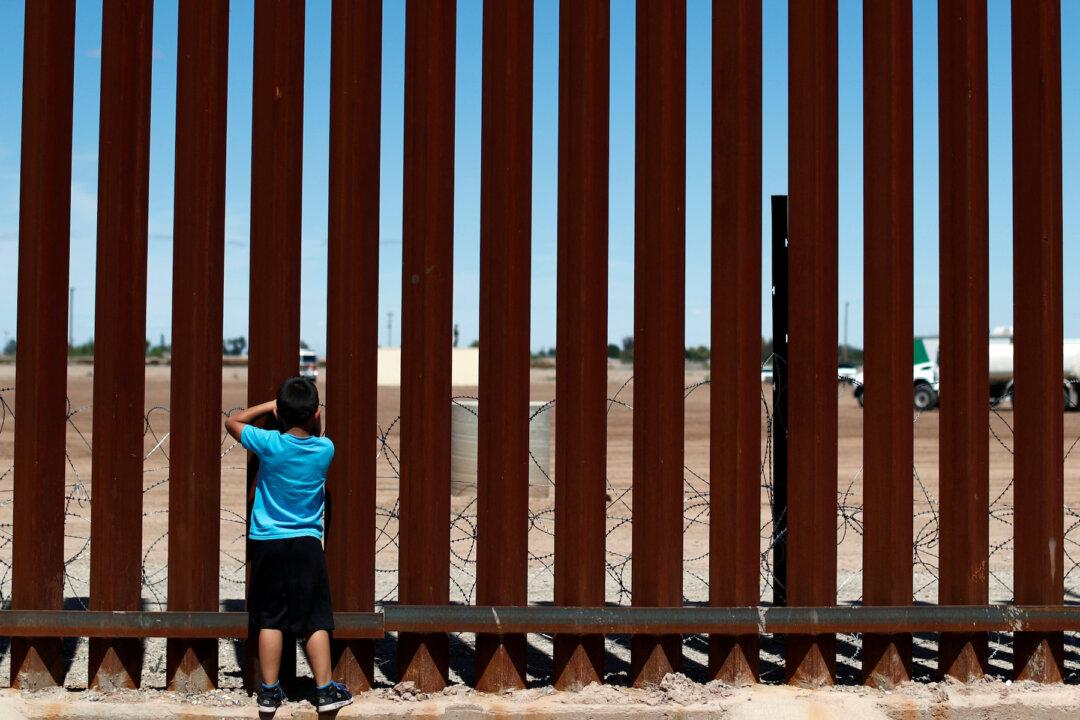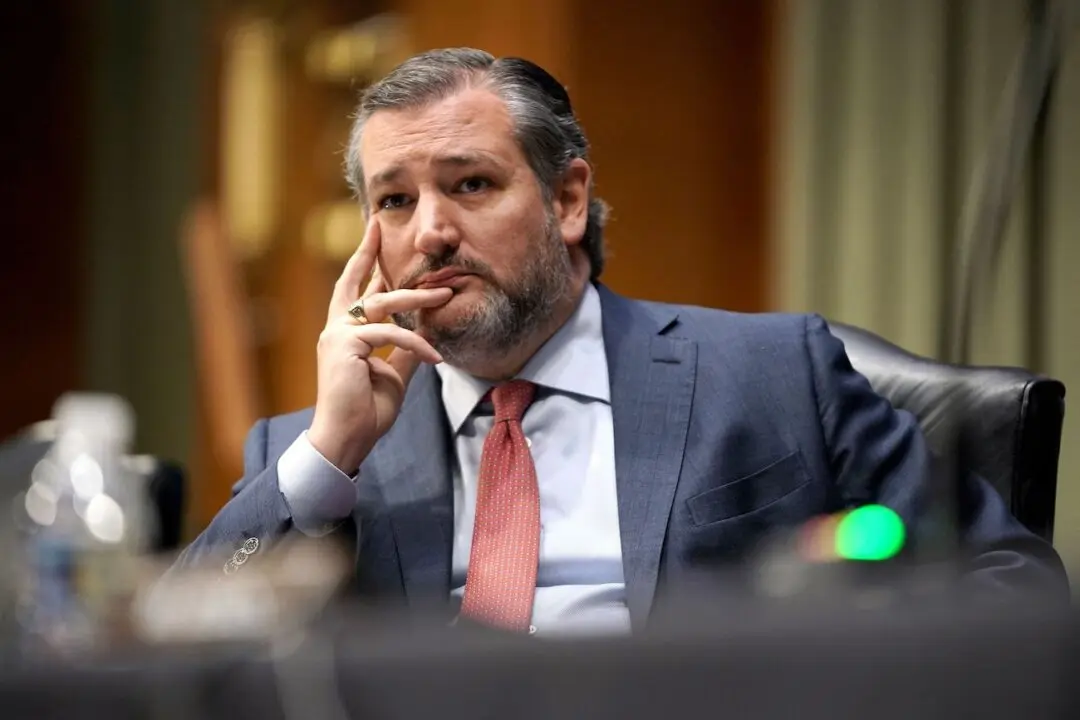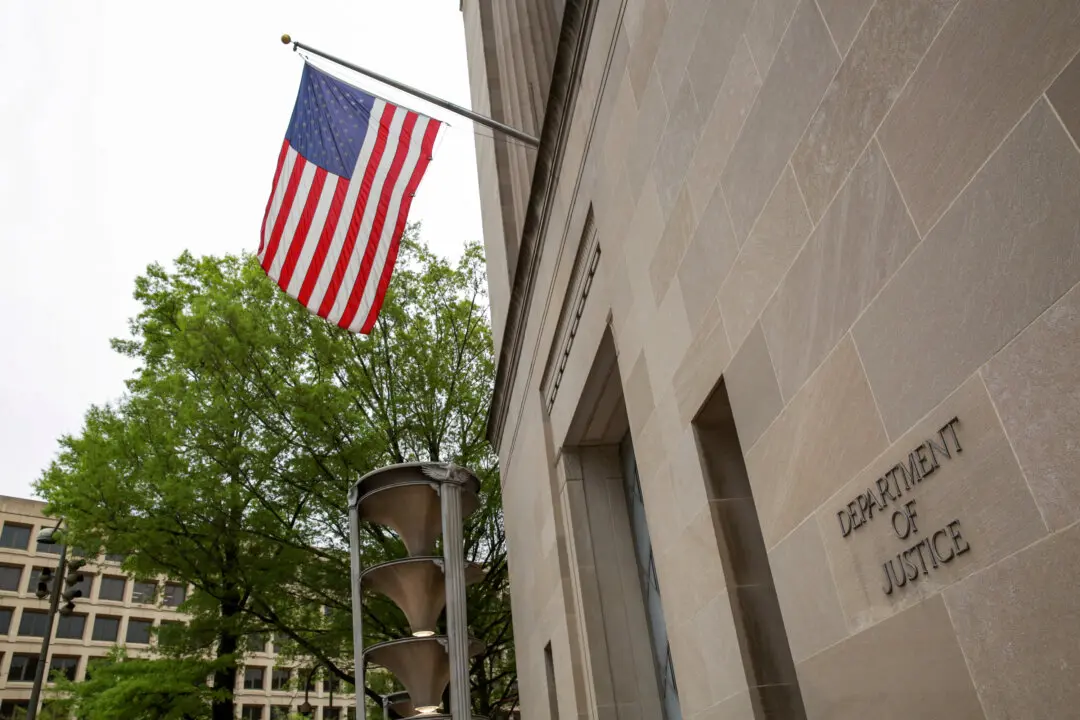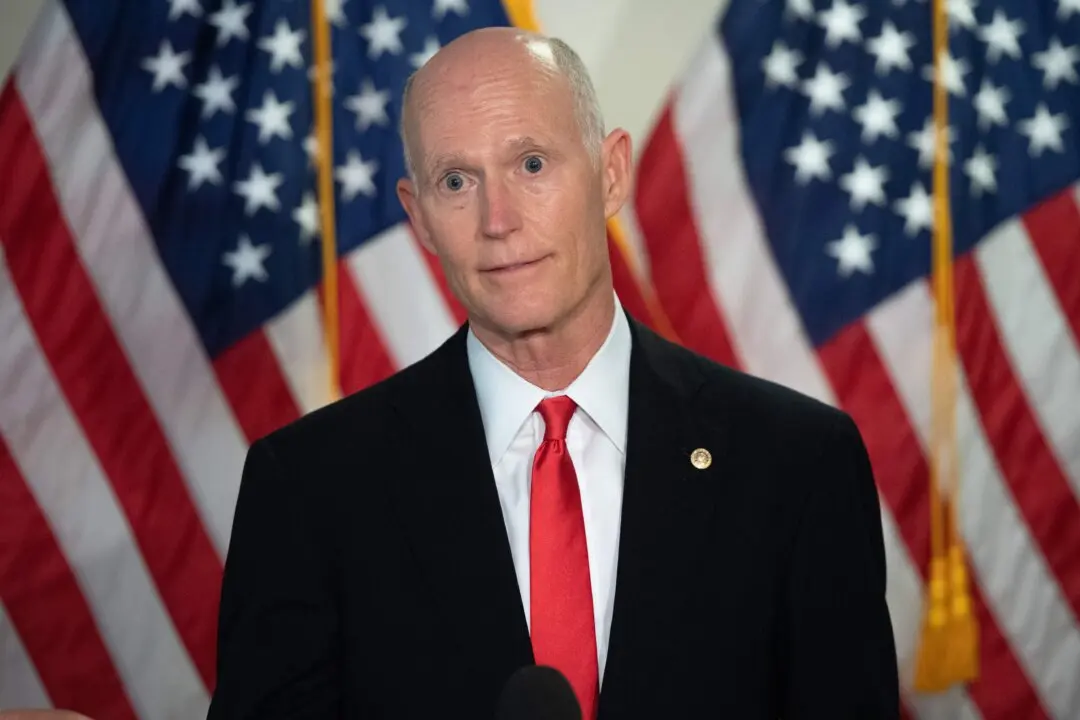Mexican officials said that the deployment of National Guard Forces to its southern border it shares with Guatemala will begin on June 12 and is expected to advance quickly.
“Starting from today, and in the coming days, the deployment is going to progress rapidly,” Foreign Minister Marcelo Ebrard said during a news conference on June 12 with President Andres Manuel Lopez Obrador.




